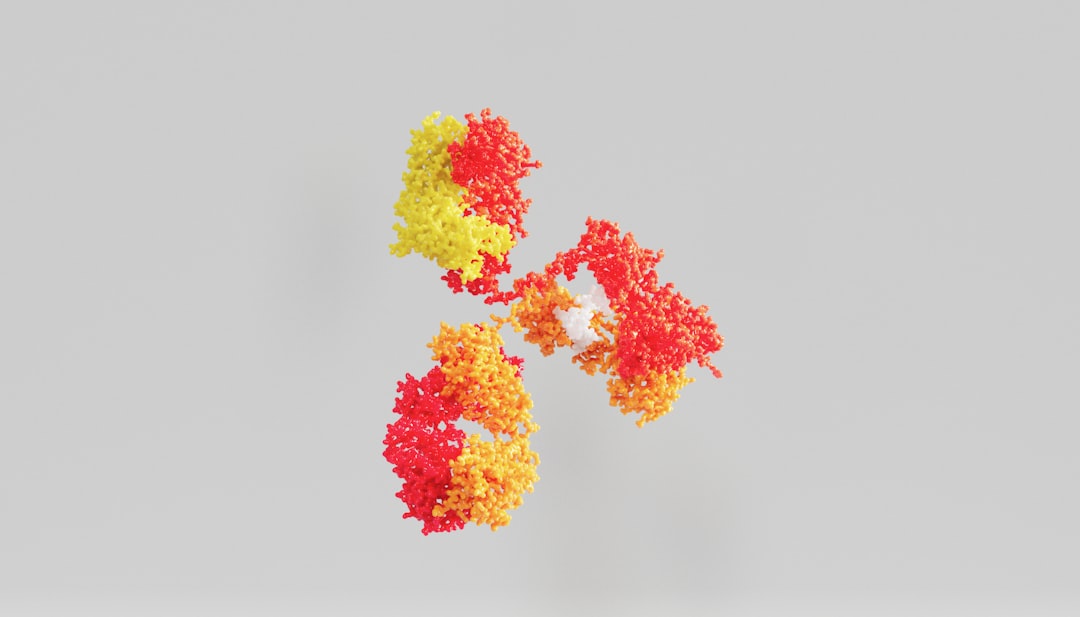What is it about?
Waste chicken bones were collected from restaurants and converted to magnetic biochar. The recyclable biochar was applied to eradicate toxic dye pollutant and antibiotics from simulated wastewater. The present study examined the efficacy of the magnetic chicken bone-based biochar under single and competitive sorption systems. Interestingly, the as-prepared magnetic biochar outperformed expensive commercial adsorbents and commonly used materials. Various kinetic and thermodynamic analyses were performed and the cost-benefit analyses confirmed the performance and benefit of the newly prepared magnetic adsorbent.
Featured Image
Why is it important?
Chicken bones are wastes commonly found in the environment due to growing demand for chicken related menu. To curtail the nemesis of wastes in the environment, the waste chicken bones were converted to a useful and high-performance material. This work is important as it provides the pathway to reutilize solid wastes and to completely treat wastewater generated from pharmaceutical and textile industries.
Perspectives
The work is highly significant and the idea is novel. I believe this will cover the knowledge gap in the reutilization of commonly seen solid wastes.
Akeem Oladipo
British University of Nicosia
Read the Original
This page is a summary of: High-performance magnetic chicken bone-based biochar for efficient removal of rhodamine-B dye and tetracycline: competitive sorption analysis, Water Science & Technology, April 2017, IWA Publishing,
DOI: 10.2166/wst.2017.209.
You can read the full text:
Contributors
The following have contributed to this page










